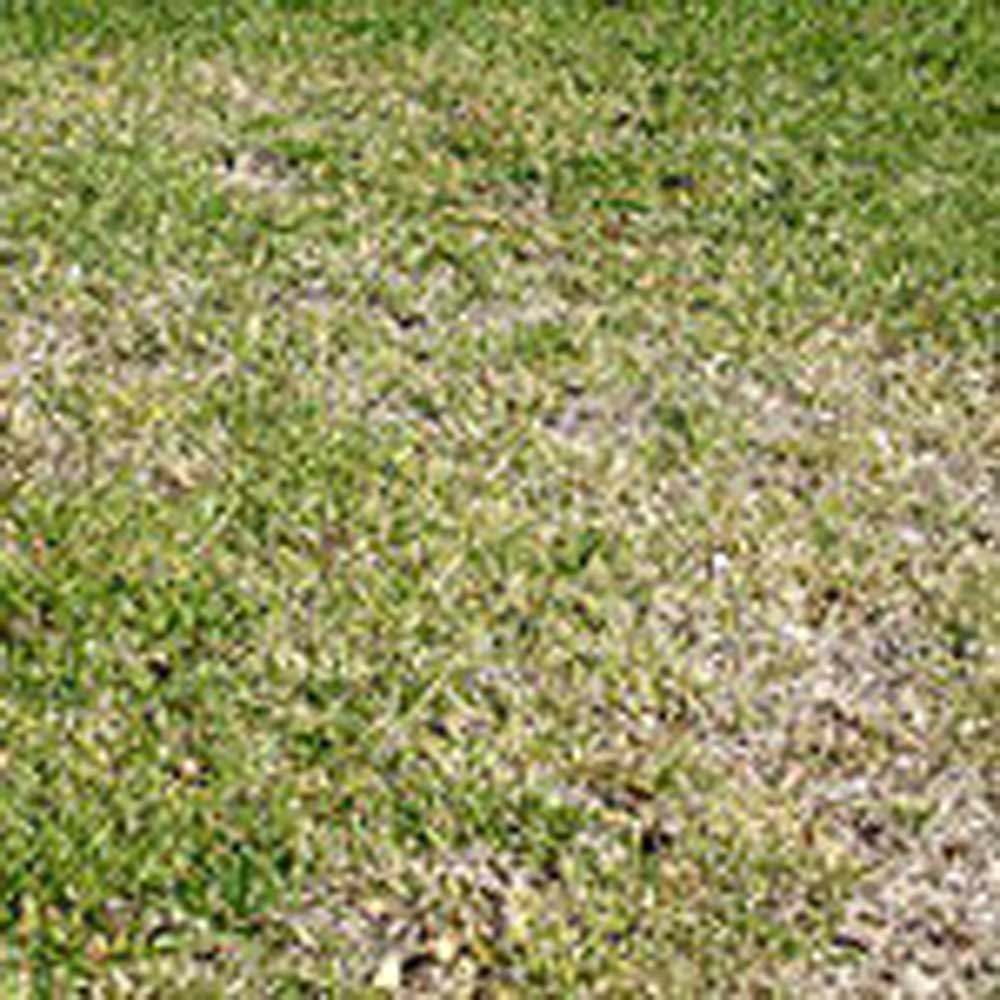Take-All Root Rot can cause dead patches in turfgrass
Published 8:32 pm Saturday, May 2, 2015
“April showers bring May flowers,” as the old proverb proclaims. Spring is time for new growth. Sometimes, this can also be a time when our plants may be affected by insect and disease infestations. Issues like fungal problems, insects and more can cause trouble if left unnoticed or untreated.
Take-All Root Rot is a fungal disease that causes weak, brown, dead patches in turfgrass. This fungal disease can affect St. Augustine, centipede and Bermuda grass lawns. The disease can live in the soil and thatch of these grass species. The fungus produces spores but can spread through roots and stolons. The disease is most likely spread when infected grass, thatch or soil is moved throughout the lawn.
Trending
The symptoms of take-all often appear in spring and early summer when turfgrass emerges from winter dormancy. The most often symptom is yellowish foliage that eventually turns brown and wilts. The turf thins out, leaving brown, irregular patches from one foot to more than 20 feet in diameter. Left untreated, the roots deteriorate and as we get into hot, summer months, we see the grass really decline.
If you suspect you have take-all root rot in your turfgrass, our office may examine the sample for signs of the fungus.
So what do I need to do to collect a sample? Obtain the sample of grass including roots, stem and leaves as intact as it can be obtained — both dead and green grass. Place this in a Ziploc bag and bring to our office and we will diagnose this for you.
Another issue with plants this time of year is thrips. Thrips are tiny, slender insects that can cause damage to plants. Thrips may be a problem on vegetables, ornamental plant varieties and many landscape plant varieties.
Common thrip varieties include citrus thrips, onion thrips, greenhouse thrips and tobacco thrips to name a few. While most feed on plants or plant parts, some are predaceous and feed on other arthropods.
Adult thrips insert eggs into the plant tissue. Just before hatching, the egg squeezes out of the plant tissue and hatches. The development of thrips progresses through two larval stages as instars, a pre-pupal non-feeding stage that crawls down into the soil, and the pupal resting stage which adults emerge. Development from egg to adult takes 8 to 20 days depending on temperature.
Trending
Thrips are characterized by having a single mandible used for rasping. This sword-like mandible is extruded when the mouth cone is compressed on plant tissue. The extruded mandible slashes open epidermal cells. The contents of the opened cells are then sucked in through the cone. This results in stippling discolored flecking, or silvering of the leaf surface. Thrips may also spread disease in some plants as well.
Thrips may also “bite” humans. They poke their single mandible into exposed skin which can usually take place in spring when people are sitting in a field of wildflowers taking photos.
Educational programs of the Texas A&M AgriLife Extension Service are open to all people without regard to race, color, religion, sex, national origin, age, disability, genetic information or veteran status.
The Texas A&M University System, U.S. Department of Agriculture, and the County Commissioners Courts of Texas Cooperating.







